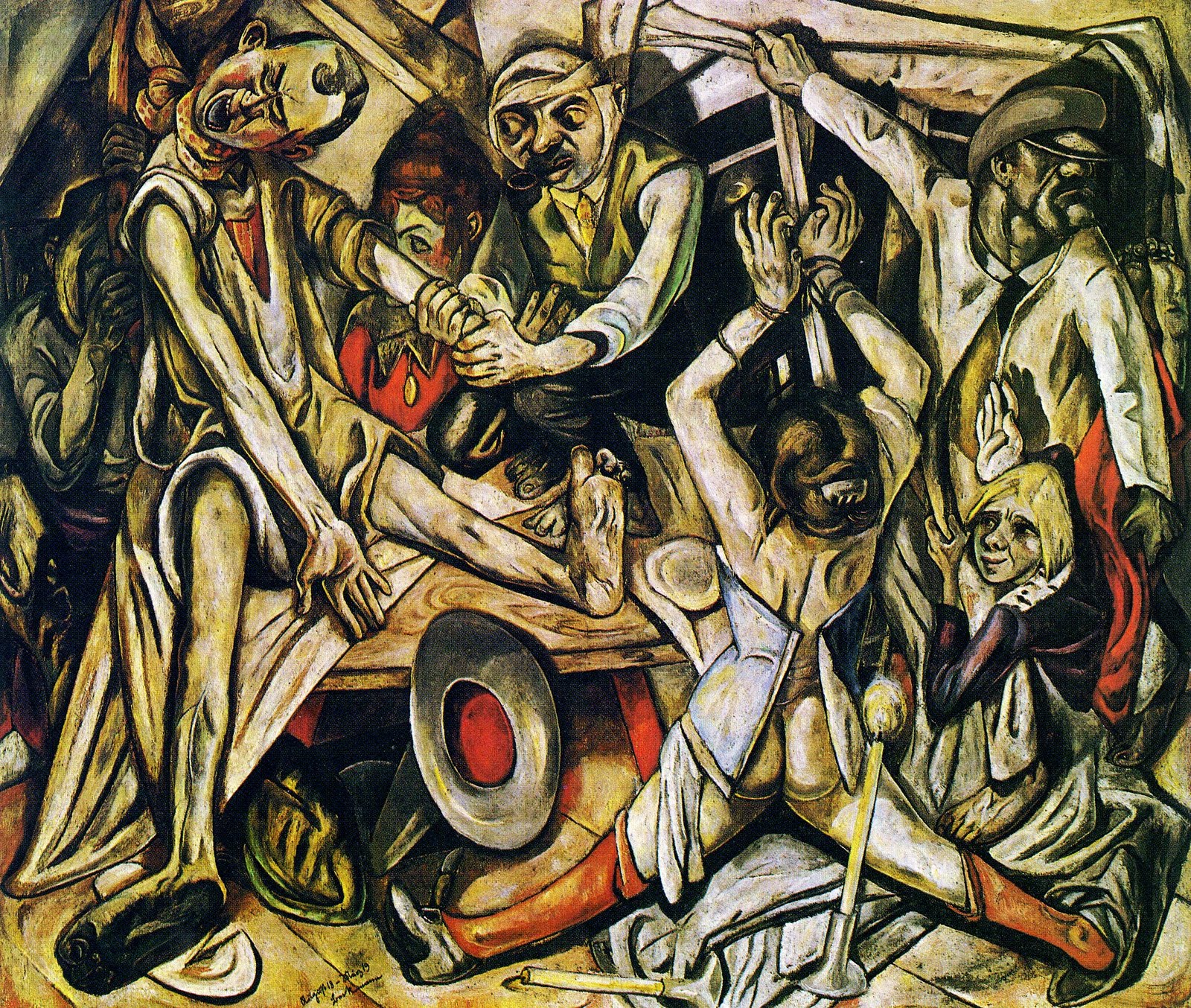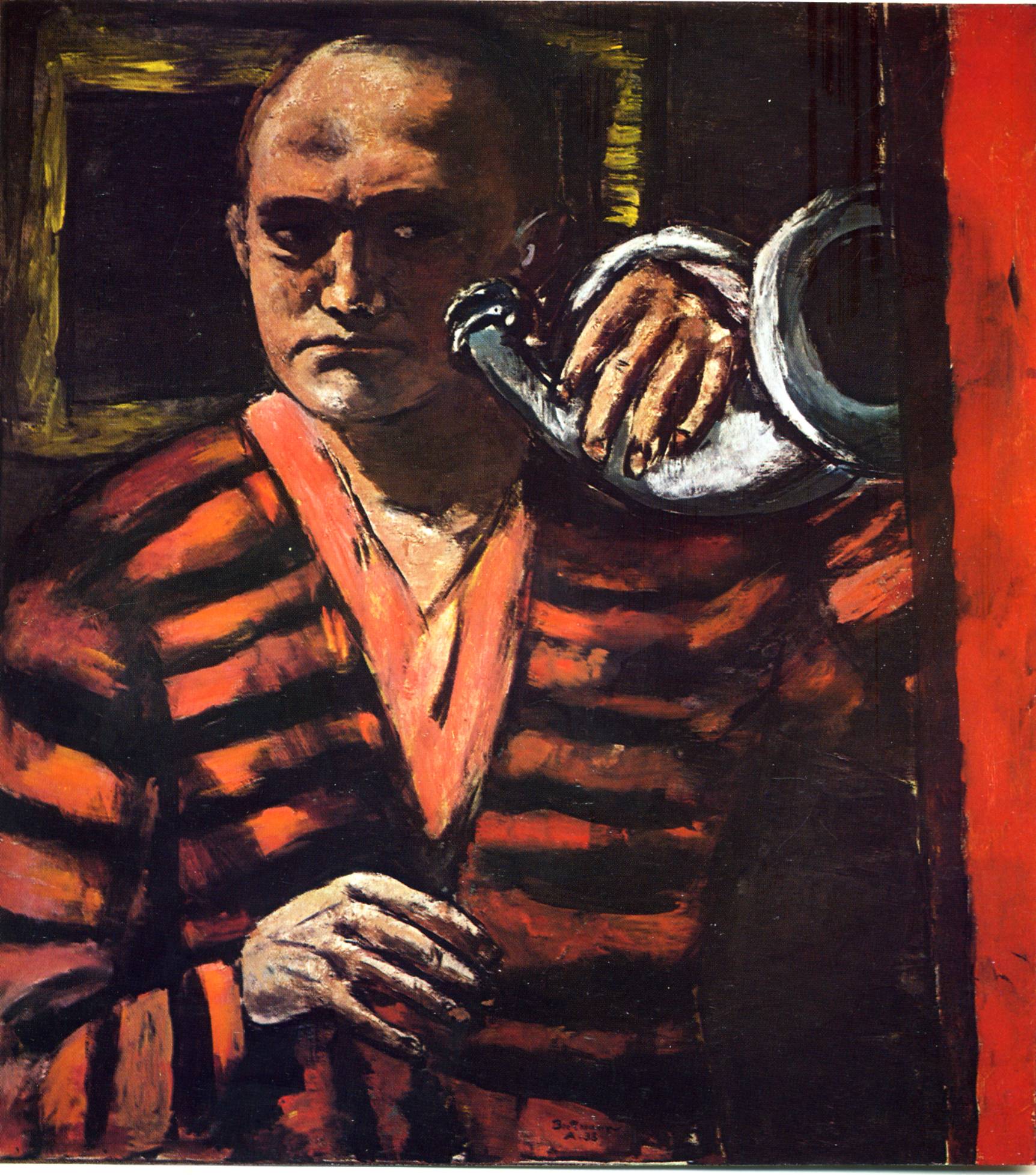In last Wednesday’s ‘Thoughts on Art’, we were left wondering about an aesthetic attitude that would allow us to contemplate ugliness in a meaningful and artistic way. To answer what was questioned last week, "Can we sit down in despair, and reflect on an unsettling aesthetic?", we'll have to look at the perspective of Jerome Stolnitz's, a formalist philosopher.
Stolnitz defines the aesthetic attitude as a disinterested contemplation, conscious only in function of the analyzed object itself. There are many types of interest that are, therefore, excluded from the aesthetic attitude, like the interest of owning a piece of art for pride or prestige, the interest for its rarity or commercial value. Even the ones regarding utility, such as an art historian analyzing the biography of the artist through their pieces, or the one of a meteorologist regarding the beautiful lines of the weather forecast, searching for information, are not considered to be aesthetic. For Stolnitz, the aesthetic isolates the piece, it focus the one who's contemplating, alienating everything else, and absorbs the individual - it is a moment of looseness from whatever else, to experience the uninterested singularity of what is presented.
So, it doesn't necessarily have to capture our attention through beauty. If we are looking for a marvelous wallpaper to cover our bedroom, while analyzing different papers with this objective, we are not facing them with an aesthetic attitude. While, and Stolnitz gives this example, if we came across a miserable street, on a Sunday morning, where a open market fair is taking place, covered with dirt, trash, befouled with debris, the scenery might cause such an impression that it overshadows our preconceptions; baffling and intriguing, even filling us with repulsion. The distant observation that collides within the observer is, for Stolnitz, the nature of aesthetic. Do you agree with him? :)
-Artur Dionisio


 Max Beckmann
Max Beckmann